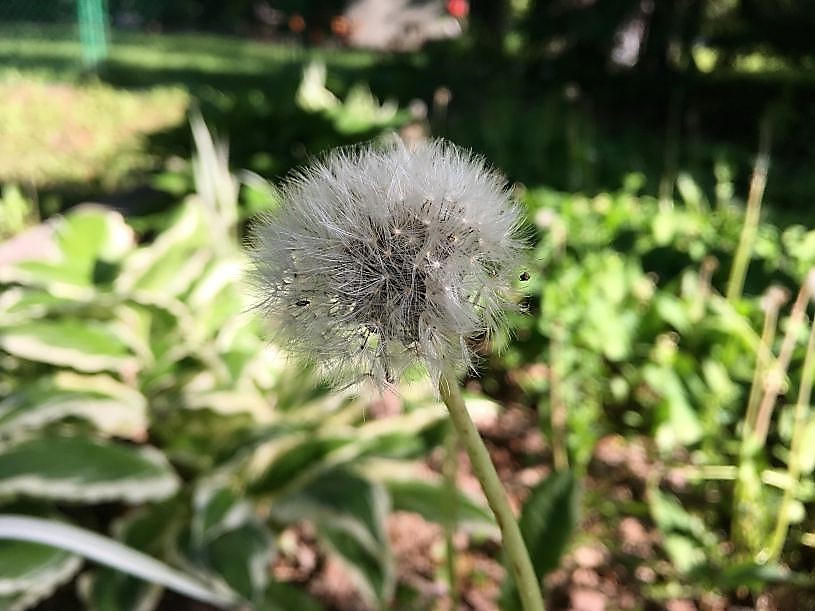Natural Edibles
Our yards and gardens are a regular buffet of natural edibles. Often they go unnoticed, or they are treated as a nuisance. A weed is really just a wild plant that is growing where it is unwanted. They grow in competition with cultivated plants nearby, and often they win this battle. As a result of their hardiness, most of the time, these weeds have a pile of health benefits. Let me show you a few plants you probably already have growing in your yard and the benefits these natural edibles can offer.
As always keep safety in mind. If you have an allergy or sensitivity to anything, check with a doctor before diving face first into your lawn.
Plantains:
These edibles find their way to lawns everywhere. You’ve probably seen them a thousand times, and even pulled a few of these “weeds”. But, did you know they are packed with vitamins and minerals? The plantain (not to be confused with the banana like variety) tend to be more nutritious than most greens we eat. With a flavour similar to Swiss chard, and a texture like spinach (cooking helps remove stringiness) they are rich in vitamin A, C, and K! They have also been used for thousands of years as medicine for cough and congestion.
Dandelions:
It seems you either love them, or absolutely hate them. Dandelions are one of the more recognizable weeds out there. From their bright yellow heads to their fluffy seeds you can spot them from a mile away. Nearly every part of this plant is edible and nutritious depending on the lifecycle. Its leaves are used in salads, the flowers can be turned into wine, and the roots can be roasted into a coffee substitute. They are packed with anti-inflammatory properties as well as digestive aids. Also they are rich in vitamin A, C, E and B-complex, as well as iron, calcium, and potassium. They truly are a superfood. I could put together a full article on these common pain in the butt plants alone… maybe next time.
Clovers:
Another edible superfood that’s undoubtedly overlooked. The clover is surprisingly high in protein and can be eaten raw or cooked. Though cooked tends to be better to counteract its bloating effect (eat in moderation). As a medicine it has been used to treat coughs, asthma, bronchitis, headaches, fevers, sore throats, rheumatism, arthritis pain, gout, athlete’s foot, burns, and various skins ailments! Don’t look down on this weed, you’re lucky to have it!
Lemon Balm:
Though not native to this area this is one of my favourites. It spreads like Mint and comes back year after year in places you didn’t expect. For some this is an issue. But once you know the upsides to have this edible around you may change your mind. First of all it smells like sweet lemons and acts as a wonderful natural mosquito repellant. Lemon Balm makes a great herbal addition to your feast. I use it to add a lemony zest to my fish. I also dry the leaves and make tea, offering a mountain of paybacks. It is commonly known for its calming, sleep-aid, relaxing properties. This plant also treats mood disorders while simultaneously increasing calmness and alertness. It helps with Alzheimer’s management, increases concentration and memory retention. It can also be used to help with cold sores, anxiety and depression, cognitive performance, and a plethora of digestive issues. It’s anti-viral and anti-bacterial. If you don’t have some Lemon Balm growing, find some and get planting.




